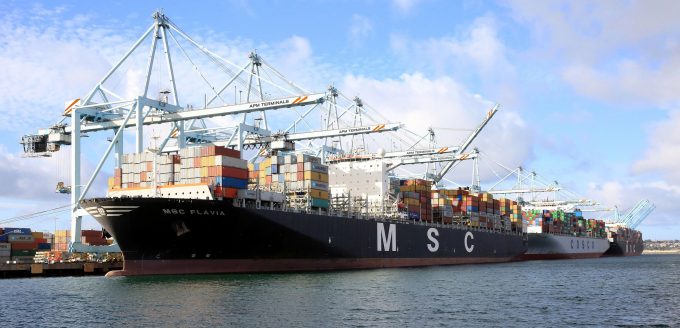New ocean capacity dump wipes out transpac gains
Within a month, liner operators have lost the gains they achieved on the transpacific. While the ...

With shippers facing skyrocketing container freight rates and premium fees across main and secondary trades, ocean carriers are now pummelling their customers with a mass of equipment imbalance and intermodal surcharges.
The strategy of carriers is to get as many boxes back to Asia in the ...

Comment on this article